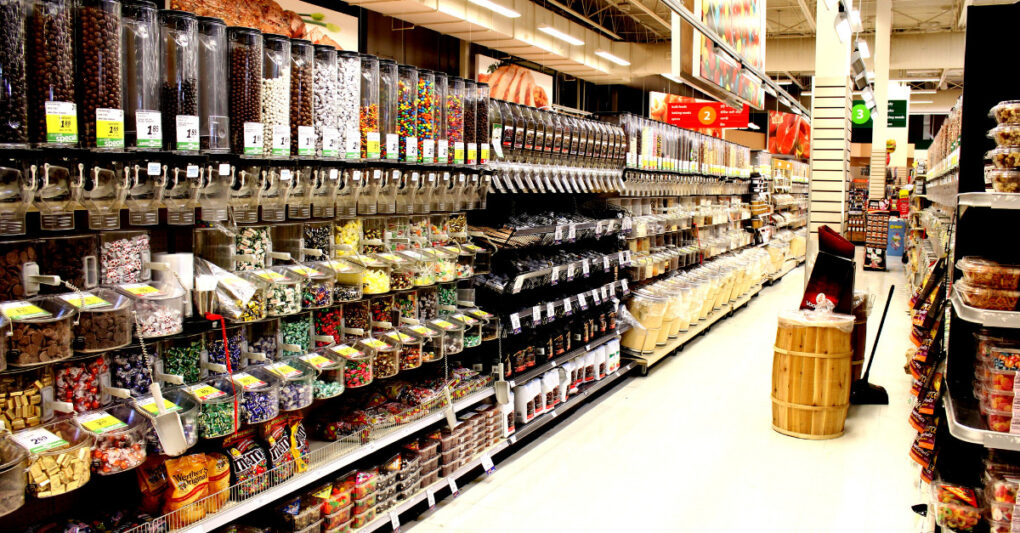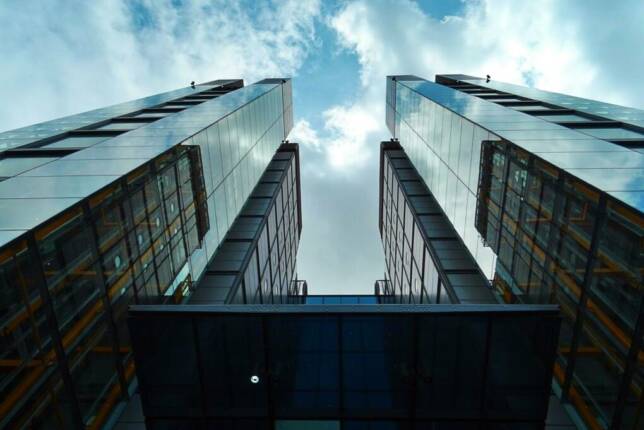The health crisis has greatly accelerated the digitalisation of companies and led to a real boom in e-commerce: 15% growth in 2021, according to Fevad (Federation of e-commerce and distance selling). This trend has led to the emergence of innovative solutions to meet the new habits and requirements of consumers. In particular, an increasing number of retail players are opting for dark stores, a logistical solution that is on its way to becoming a major part of the future of retail.
Dark store: definition and functioning
Dark stores (or quick stores) are logistical distribution micro-warehouses for local e-commerce that aim to offer extremely short delivery times. These logistical centres resemble small "ghost" stores, without customers, but with shelves where products are stocked. Unlike traditional shops, these warehouses are not accessible to the general public, but are reserved for pickers, who select items off the shelves for collection by delivery drivers
Dark stores are generally located at the foot of buildings or in basements, and have a surface area of 100 to 300 m². They usually offer 1,000 to 2,000 product references and tend to operate in a catchment area of less than two kilometres. Delivery is guaranteed within 15 minutes and is carried out by delivery personnel on bicycles, with delivery charges of around two euros.
What is the objective of a dark store?
This innovative logistical solution responds to the quick commerce trend that emerged during the successive lockdowns. Quick commerce promises very fast delivery to respond to the new needs of consumers. To meet deadlines, dark stores are located close to the end consumer's delivery locations; they are not intended for long-distance orders. The primary objective of a dark store is therefore to improve customer satisfaction, and consequently customer loyalty.
Dark stores are already present in several large cities such as Paris, Bordeaux and Lyon, and have already been adopted by major retailers including Amazon, Monoprix or Carrefour. As with the digitalisation of points of sale, click & collect and omnichannel strategies, dark stores are fast becoming a future solution for retail players.
What are the issues for dark stores?
Beyond the customer experience, dark stores respond to other broader challenges. They can optimise the supply chain and minimise processes, thereby offering an interesting alternative to the limits of the traditional supply chain model. With a local warehouse, a company's supply chain is more agile, reactive and better automated.
In addition, by reducing delivery travel times, dark stores offer a less polluting means of delivery than does a traditional system, thus responding to the CSR challenges of companies.







